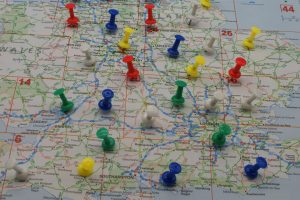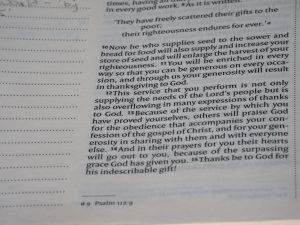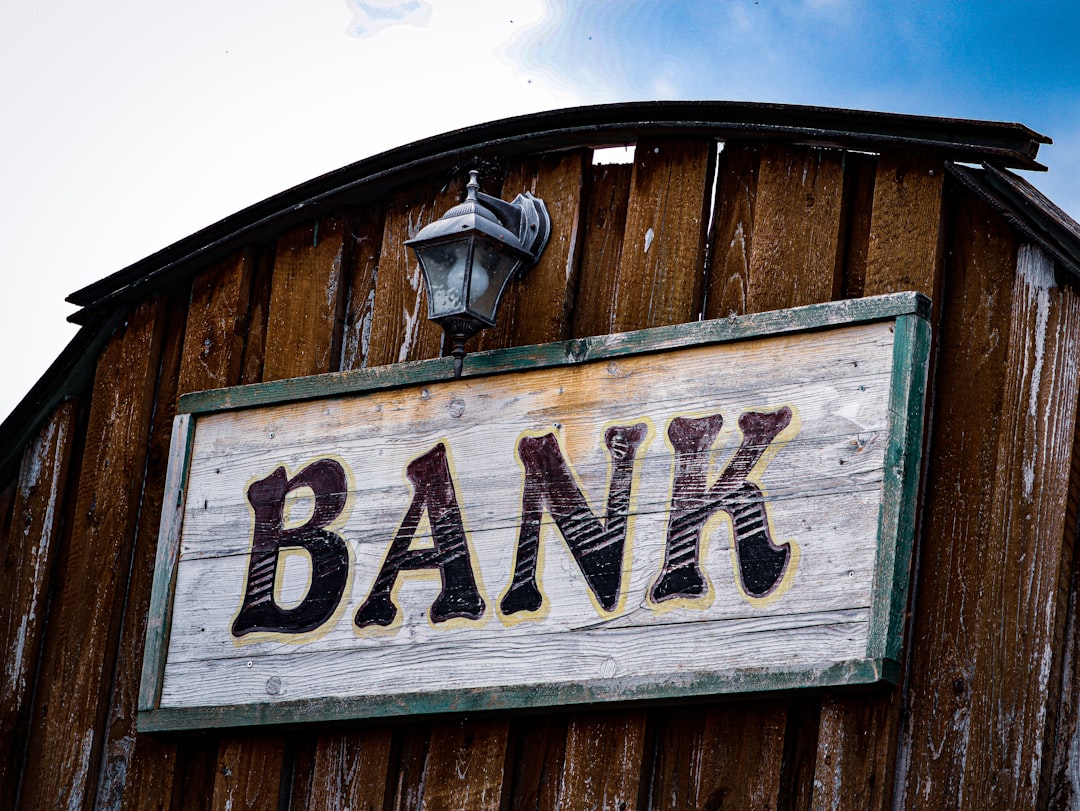
If you’ve ever tried to purchase something online using your bank account through PayPal and received the message “Can’t pay with bank right now”, you’re not alone. This issue affects many users and can be frustrating, especially when funds are available in your account. Understanding why this happens and how to fix it can save you a lot of time and help you continue making smooth transactions.
Common Reasons Why PayPal Says You Can’t Pay with Your Bank
There are several potential reasons why PayPal might prevent you from using your bank account as a funding source. These occur due to safety protocols, limitations within your account, or technical glitches. Here’s a breakdown of the most frequent causes:
- Insufficient funds in the bank account
- Bank account not confirmed
- PayPal security triggers
- Missed transaction attempts
- Bank declines the transaction
- Limitations set on your PayPal account
- Technical issues or outdated browser
Now let’s take a closer look at each of these issues and how you can resolve them.
1. Insufficient Funds in Your Bank Account
This is the most straightforward reason. If your bank account balance isn’t enough to cover your payment, PayPal will block the transaction. Even if you have a backup funding source like a credit card linked, PayPal may still try the bank account first if it’s set as a primary funding option.
What You Can Do:
- Double-check your bank balance to ensure there’s enough to cover the purchase.
- Switch to a different funding source at checkout — such as a credit or debit card.
- Change your preferred payment method in PayPal’s settings.
2. Your Bank Account Is Not Confirmed
PayPal requires bank accounts to be confirmed before you can use them freely. This adds a layer of security and ensures the account actually belongs to you. If you haven’t completed the verification process, transactions using that bank might be denied.
How to Confirm Your Bank Account:
- Log into your PayPal account.
- Go to Wallet and click on your bank account.
- Select Confirm bank account.
- PayPal will send two small deposits to your bank account.
- Check your bank statement and enter those exact amounts into PayPal to complete verification.

3. Security Checks Triggered by PayPal
PayPal uses sophisticated systems to prevent fraud, and these algorithms sometimes flag perfectly legitimate activity. Large payments, unusual login locations, multiple login attempts, or a history of chargebacks can trigger security measures that block bank payments.
Fixes for Security Triggers:
- Wait for 24–48 hours and try the transaction again.
- Use a different funding source temporarily.
- Contact PayPal Customer Support and ask for help clearing any restrictions.
- Ensure your account profile is fully updated with your latest personal information.
The best way to avoid these blocks is to maintain consistent activity in your account and avoid suspicious payment behavior.
4. Recent Failed Payments or Chargebacks
If you’ve had failed transactions due to overdrafts, declined cards, or chargebacks, your PayPal account may be temporarily restricted. PayPal can block the use of a specific funding source, like your bank, if it’s been associated with these issues.
Steps to Restore Bank Payments:
- Resolve any outstanding negative balance in your PayPal account.
- Ensure linked funding sources are active and valid.
- Contact PayPal to inquire about the specific reason and request account review.
5. Your Bank Is Declining the Payment
The problem may not even be with PayPal. Sometimes your bank will prevent the transaction due to its own set of rules. Common reasons include anti-fraud systems, daily transaction limits, or temporary outages.
Suggested Actions:
- Contact your bank to confirm if they’ve blocked the transaction and why.
- Ask to whitelist PayPal as a trusted merchant.
- Use an alternative payment method while the issue is being resolved.
Making sure your bank information is up to date can also help. If your bank’s fraud detection is too aggressive, a phone call can usually clear things up quickly.
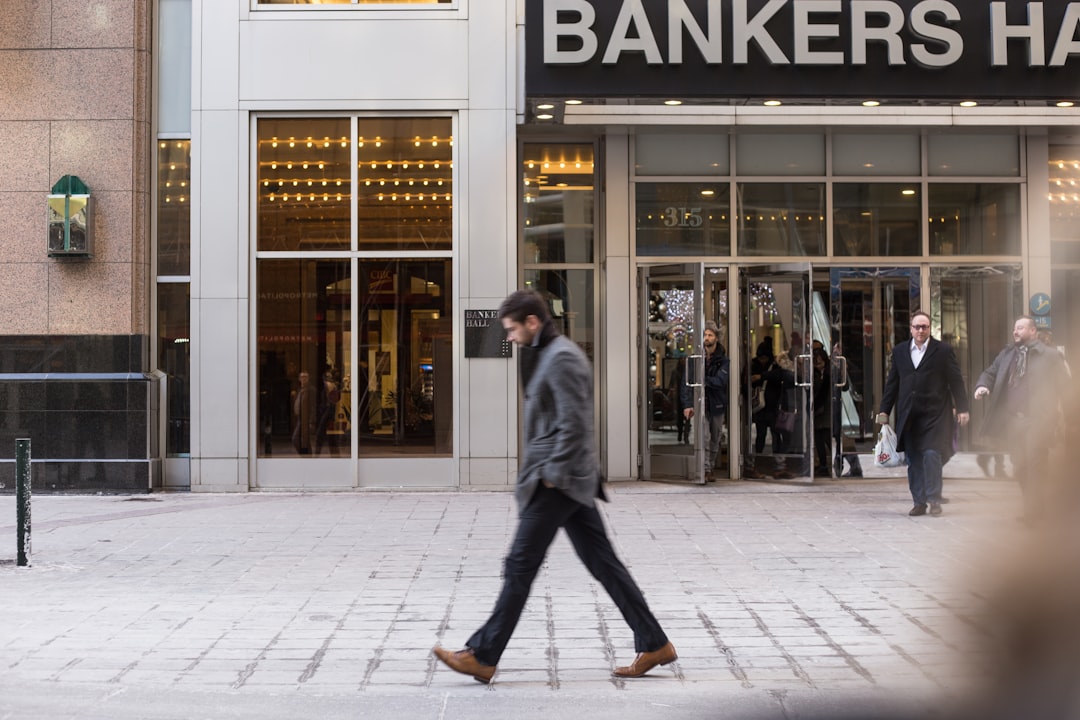
6. Temporary PayPal Account Limitations
PayPal sometimes places limitations on user accounts for security, compliance, or regulatory reasons. These limitations can affect how you send money, withdraw funds, and use bank accounts for payment.
Check for Limitations:
- Log in to PayPal.
- Go to the Resolution Center.
- See if any steps are required to restore full access.
- Submit requested documents or take the listed actions.
Once the limitations are lifted, you’ll likely regain full access to your bank as a payment option.
7. Browser or App Issues
Sometimes, the reason isn’t with your account at all but the way you’re accessing PayPal. An outdated app or web browser can cause failed transactions or hidden options.
Things to Try:
- Clear your browser cache or try a different browser.
- Update the PayPal app to the latest version.
- Re-login or try on a different device.
If everything checks out on your account, then it’s worth ensuring your technology isn’t the root of the issue.
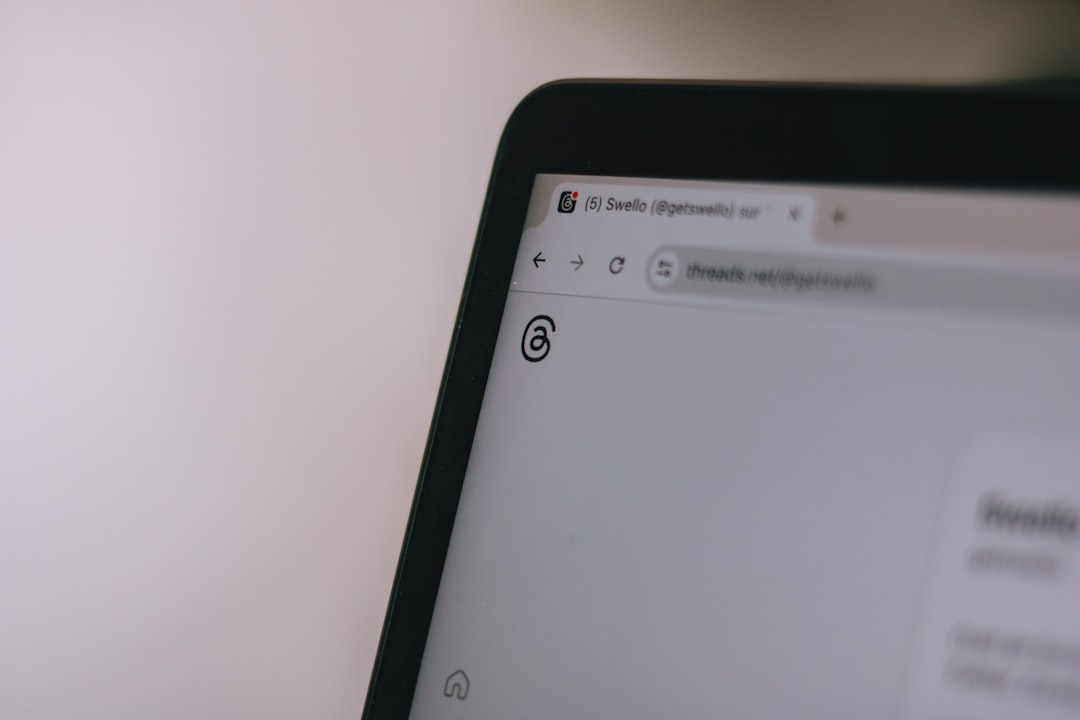
Tips to Avoid Future Issues with Paying From Your Bank Through PayPal
To enjoy seamless PayPal transactions using your bank account, consider the following proactive steps:
- Always keep sufficient funds in your linked bank account.
- Verify and update all your financial information on PayPal regularly.
- Use familiar devices and networks to prevent fraud flags.
- Link a backup funding source, such as a credit card, for added flexibility.
- Resolve disputes and issues quickly to avoid account limitations.
When to Contact PayPal Support
If you’ve tried all the fixes and nothing works, it’s time to reach out to PayPal’s customer service. They can take a closer look at your account and give you the specific reason for the issue.
Best Ways to Contact Support:
- Use the Help section inside your PayPal account.
- Send a message via the Message Center for detailed responses.
- Call PayPal directly during business hours for urgent problems.
- Follow PayPal’s Twitter/X support account for updates and quick response.
Final Thoughts
Having your bank payment declined by PayPal can be inconvenient, but it’s usually due to fixable issues. Whether it’s a verification problem, a flagged transaction, or a minor technical oversight, there’s a solution available. By understanding how PayPal’s system works and actively managing your account, you can ensure your bank stays a reliable source of funds for your digital payments.
Remember that financial platforms like PayPal place a premium on security and consistency. Taking good care of your linked accounts will always pay off in smoother, stress-free transactions.



